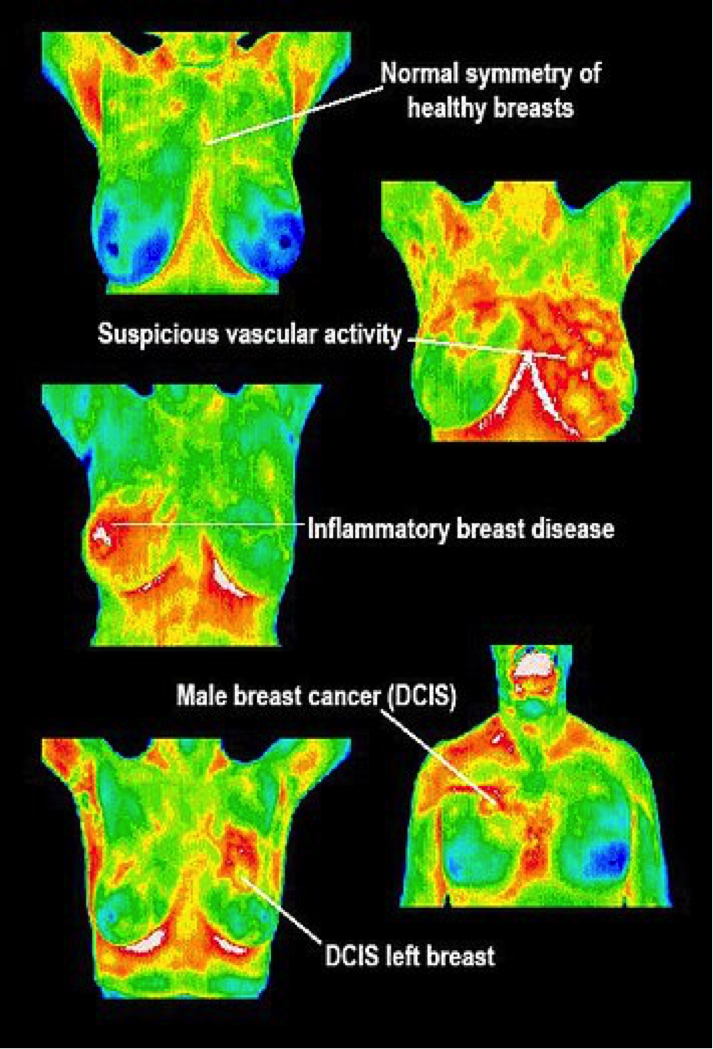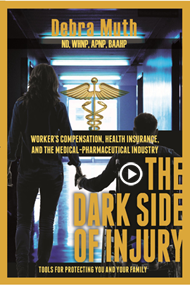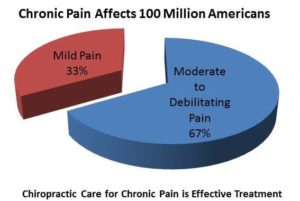Women’s Thermography Breast Screenings
Breast cancer is most curable when it’s detected in the early stages, so women are eager to find tools to help them in their battle against cancer.
Women often schedule Thermography, in addition to annual mammograms, to improve their chances of detecting changes in breast tissue.
Serenity is dedicated to breast cancer awareness
We hold breast cancer awareness events regularly. The foundation of our breast cancer awareness protocol is Thermography.
We advocate this harmless technology not only for breast cancer but for the detection of numerous other diseases including heart disease, digestive disorders, arthritis, and diabetes complications.
Breast thermography, when used as part of a woman’s breast cancer awareness program, has many benefits
The benefits are:
- Once a woman has her first breast thermogram, the baseline image allows expert providers at our Functional Medicine clinic near Milwaukee to monitor changes more closely with each subsequent screening.
- It helps identify patients who may be at high risk for developing breast cancer – male or female.
- Breast thermography can increase the effective use of mammography by providing a clinical marker for physicians and radiologists. Thermography identifies a particular breast area that needs closer examination.
- It benefits younger women who may have dense breast tissue or who may not be receiving mammograms due to current guidelines.
- No radiation is involved.
- No contact with your breasts.
- No risk of torque compression.
- It’s a low-cost screening procedure.
How accurate is breast screening thermography?
Serenity recommends Thermography or DITI (Digital Infrared Thermal Imaging) in conjunction with mammography. Thermal imaging is non-invasive and is 90% accurate for cancer detection (vs. 75% for traditional mammography). Thermography detects cancer up to 10 years sooner than conventional mammography.
Thermography gives the practitioner a color map of the body’s temperature. Abnormal physiology presents in different colors within the scan.
Is Thermography as good as mammography?
Breast thermography is an excellent screening tool that women can add to their annual mammograms. Thermography digital imaging technology, has two distinct advantages over other breast cancer screening tools:
1. It is non-invasive
2. It does not emit any harmful radiation
The procedure lasts about fifteen minutes, and no equipment touches the breast.
Digital infrared thermal imaging effectively detects potential problem areas in breast tissue that may indicate malignancy in the early stages because inflammation is visible prior to disease as the body begins gearing up to fight unwanted cells.
Breast thermography is an FDA-approved procedure that can help visualize and quantify changes in skin temperature.
If breast thermography detects any suspicious findings, women can alert their physician so that they can pursue further testing and treatment.
Breast thermography does not take the place of mammography when that test is deemed medically appropriate.
Don’t delay. Book your breast screening now here
How does breast thermography work?
Breast thermography employs digital infrared thermal imaging technology.
An infrared scanning device, which does not touch the body, measures the skin surface temperature of the breasts.
The device converts infrared heat that the skin naturally emits into electrical impulses projected on a monitor. As a result, breast thermography maps the body temperature.
The spectrum of colors on the monitor indicates the amount of infrared heat emitted from the breasts’ surface.
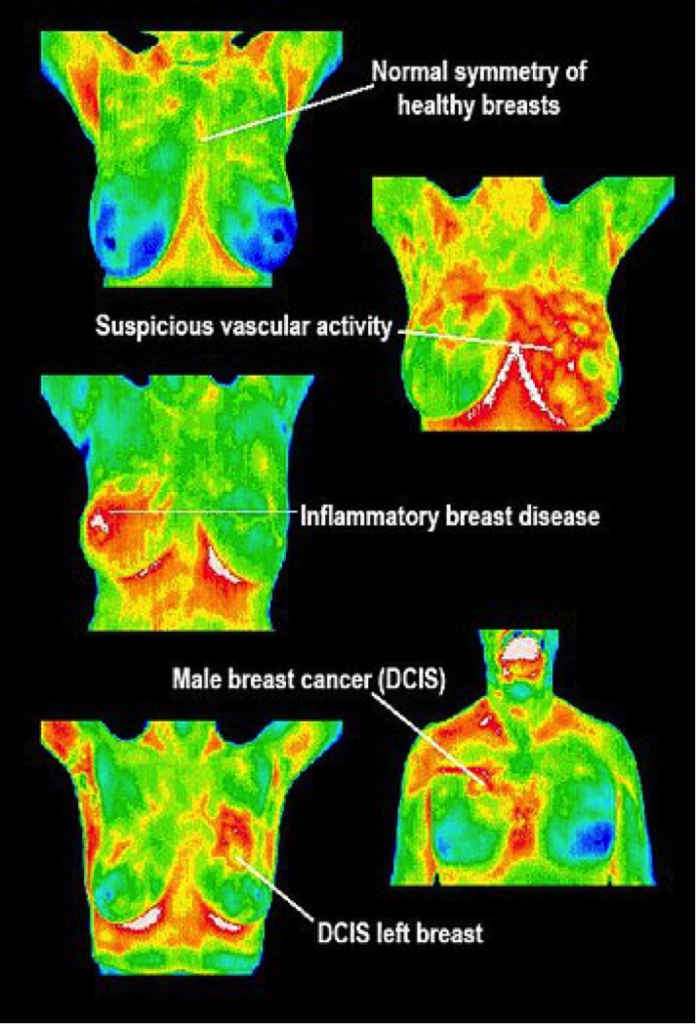
Are you under 50? Younger women rely on Breast Thermography screening
Younger women, ages 30 to 50, often have dense breast tissue. Dense breast tissue can make it difficult for a screening mammogram to detect breast cancer.
In addition, many physicians do not recommend mammograms for women under 50. So, breast thermography can serve as an early detection and monitoring tool for young women with a genetic predisposition to the disease.
What is the cost of thermography for breasts?
Most of our patients receive a full body Thermography scan because it helps to uncover hidden potential health issues so we can prescribe preventative health measures.
The technology is ideal for preventative medicine and to identify the underlying cause of your regionalized inflammation, pain or swelling.Breast scans are often coupled with Lymph Enhancement Therapy as an integrative protocol. Depending on the requirements, scans range from around $350 and up, but prices depend on the body surface areas needed. The best way to get an estimate is to call our front desk or drop us an email.
Serenity’s Thermography expertise is available to you in Waukesha, WI
Serenity Health Care Center has the equipment and knowledge available to give our patients cutting-edge Thermography scans.
Although patients can expect results from their test in 2-3 days, we can sometimes expedite within 24 hours if we see something that needs an urgent diagnosis.
Did you know that it takes 8-10 years of training to read results accurately?
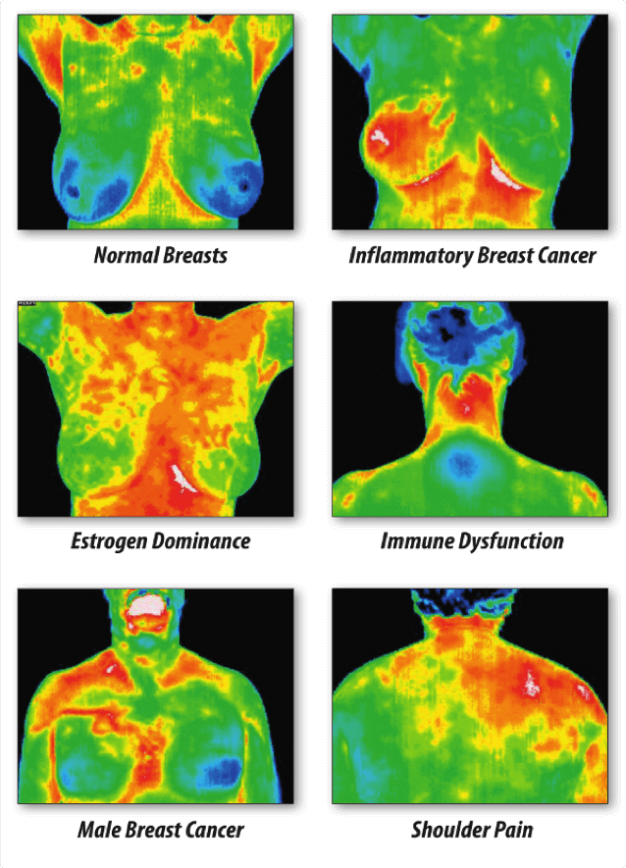
Serenity Health Care Center works with certified experts to perform this excellent diagnostic, and prognostic testing with trustworthy result interpretations.
At our functional medicine clinic near Milwaukee, breast thermography allows us to:
- Detect and monitor abnormal physiology
- Establish risk factors for developing breast disorders
- Detect early indications that breast cancer may be present
If you want to know more about Thermography and its benefits visit our Medicine Thermography page
